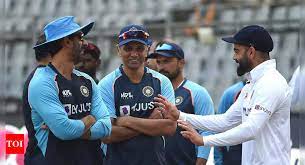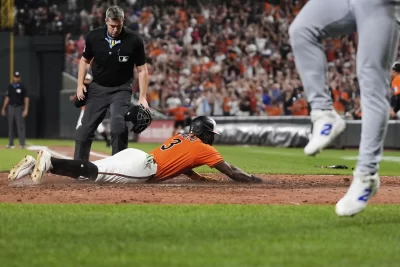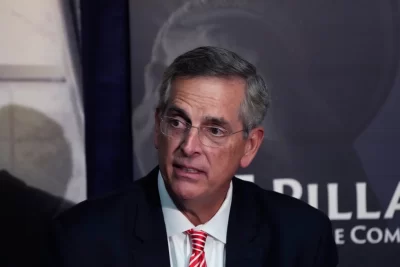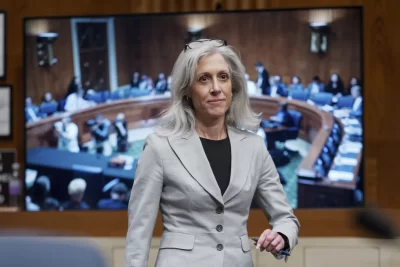
Thirteen members of India’s World Cup squad have already received a gig in the tournament. Mohammed Shami and Suryakumar Yadav have yet to get a chance, R. Ashwin has played only one match while Ishan Kishan stepped in for two games during Shubman Gill’s absence.
This situation was somewhat inevitable, given that all the players are in exceptional form, and only 11 can be included in the starting lineup. However, it does pose a challenge in player management. How does the team management handle the situation of benching big players like Ashwin and Shami, who have been proven match-winners?
“Communication and conversations,” said Paras Mhambrey, the team’s bowling coach. “Honestly, it is never an easy decision.”
Shami has been one of the most successful bowlers in white-ball cricket with a strike-rate matched by very few. He is also India’s highest wicket-taker in the World Cup among active players. Ashwin has played 116 games and has over 700 international wickets. Then there’s the question of Kishan, who has a double century and Suryakumar, the No.1 batter in T20Is and an x-factor in the middle-order.
“We had a clear chat with him [them],” Mhambrey revealed. “Whenever we select a squad, the message from us is very clear. That we pick a squad we feel is the best for that wicket. And I think sometimes you will miss out,” the bowling coach says, explaining the team’s modus operandi. Shami has been overtaken by Mohammed Siraj, who has become second preference for pace bowler’s position after Jasprit Bumra and Ashwin in the third in the pecking order of the spinners, after Ravindra Jadeja and Kuldeep Yadav.
“Someone like him [Shami] is missing out, someone like Ash will miss out… And I think that’s the communication that we have with him, we are very clear. Difficult decision, honestly, even with the quality that he brings to the team, new ball, death, it is difficult to take that decision. But you have to make that decision, you only have an XI on the field. That’s a tough call, you have to take that tough call. But I think for us, the conversation has always been team centric, and what’s all the decisions that we’ve taken, not only prior to this game, but the last few years.”
Shami, Ashwin, and Surya have consistently exhibited remarkable body language when they were not on the field, offering their best support to the XI. On one specific occasion during a game, Shami was seen engaging in a conversation with Siraj near the boundary line. In the very next over, Siraj managed to secure a crucial wicket. This exceptional camaraderie within the team has been fostered by coach Rahul Dravid, who believes in the importance of communication, even at the risk of criticism, as was seen with the Wriddhiman Saha episode.
“He does not have to do that always but he does that always,” says MSK Prasad, a former chief selector, who himself believed in communicating with players in selection or non-selection. There were many occasions in Indian cricket when many players came out openly stating that they were not told of their exclusion. But communication started in the previous regime of Ravi Shastri-Virat Kohli and the Dravid-Rohit duo has taken this to a new level.
The skipper insists on the same philosophy of transparency and communication. “That’s the challenge going forward for us as a team, depending on what kind of conditions we play in,” Rohit said recently. “If there is a change or two, we need to make, we will be ready with that. And the guys have been informed very well in advance about these kinds of changes. So, I don’t think there’s going to be any issues with the players.”







